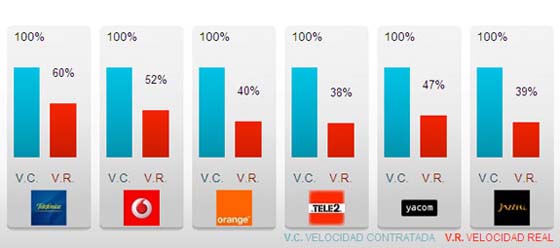1. Introducción
El enjaulado es una técnica mediante la cuál se proporciona al usuario una acceso limitado al sistema de ficheros Linux. Normalmente se realiza el enjaulado dentro de la home de cada usuario y el acceso se limita a ésta, de forma que el directorio raíz para un usuario enjaulado / se corresponde con el directorio home real /home/usuario del sistema de archivos.
El SFTP o SSH File Transport Protocol Protocolo de Transferencia de Archivos SSH (algunas veces llamado Protocolo de Transferencia de Archivos Seguro o SFTP) es un protocolo de red que proporciona transferencia de archivos y funcionalidad de manipulación sobre cualquier flujo de datos confiable. Normalmente se utiliza con la versión dos del protocolo SSH (puerto 22 TCP) para brindar transferencia de archivos segura, aunque está pensado para poder utilizarse con otros protocolos también.
OpenSSH fue creado como una alternativa de código abierto al la suite software propietario Secure Shell ofrecida por SSH Communications Security. Está desarrollado como parte del proyecto OpenBSD.
Los usuarios de telnet, rlogin y ftp no pueden hacer que su contraseña se transmita encriptada sobre Internet. OpenSSH encripta todo el tráfico (incluyendo la contraseña) para eliminar que escuchen la conexión, que esta sea hackeada y otros ataques. Adicionalmente, OpenSSH provee capacidades para tunelización y varios métodos de autenticación y soporta todas las versiones del protocolo SSH.
Leer más



